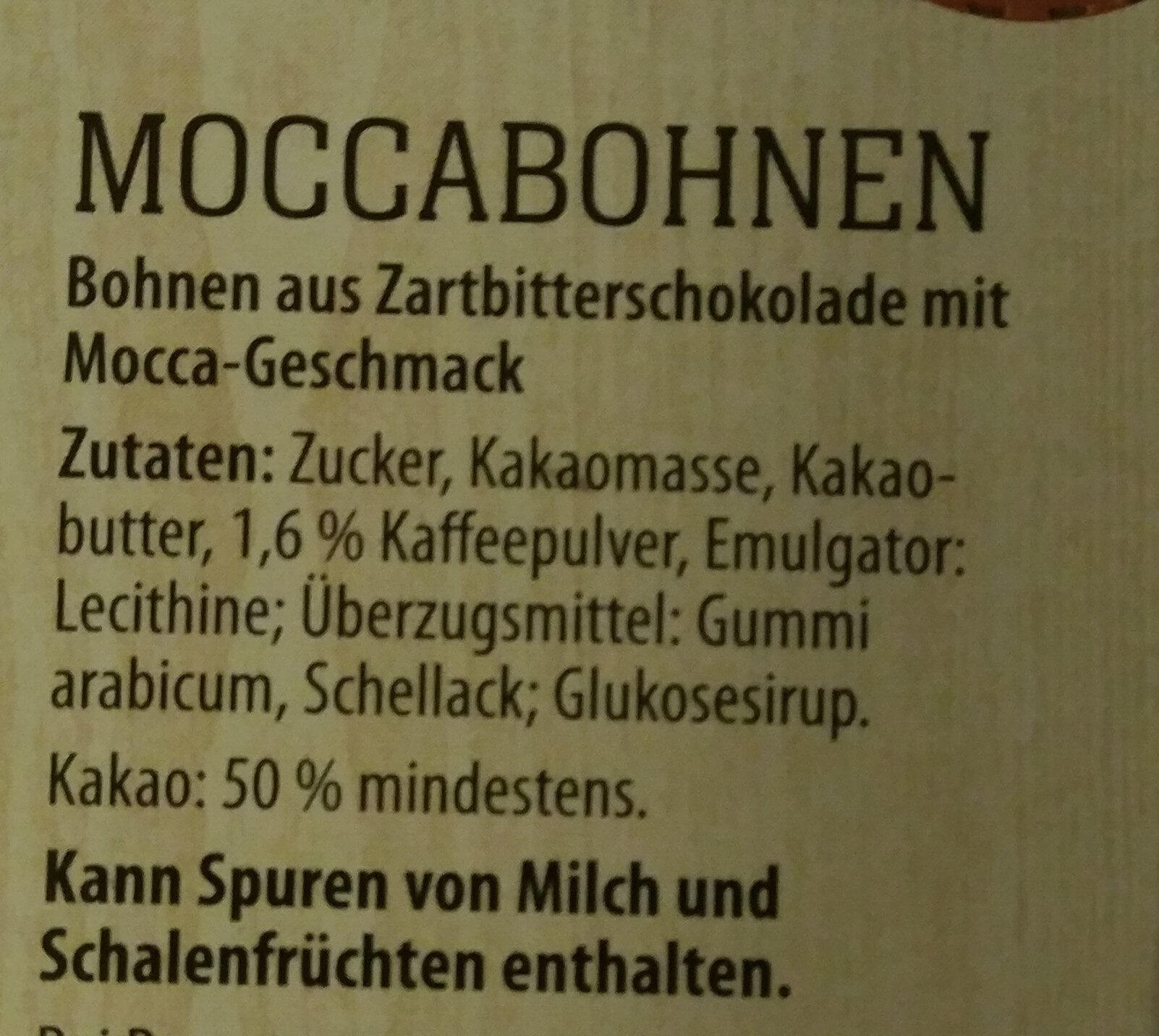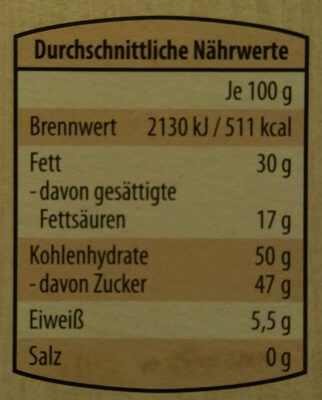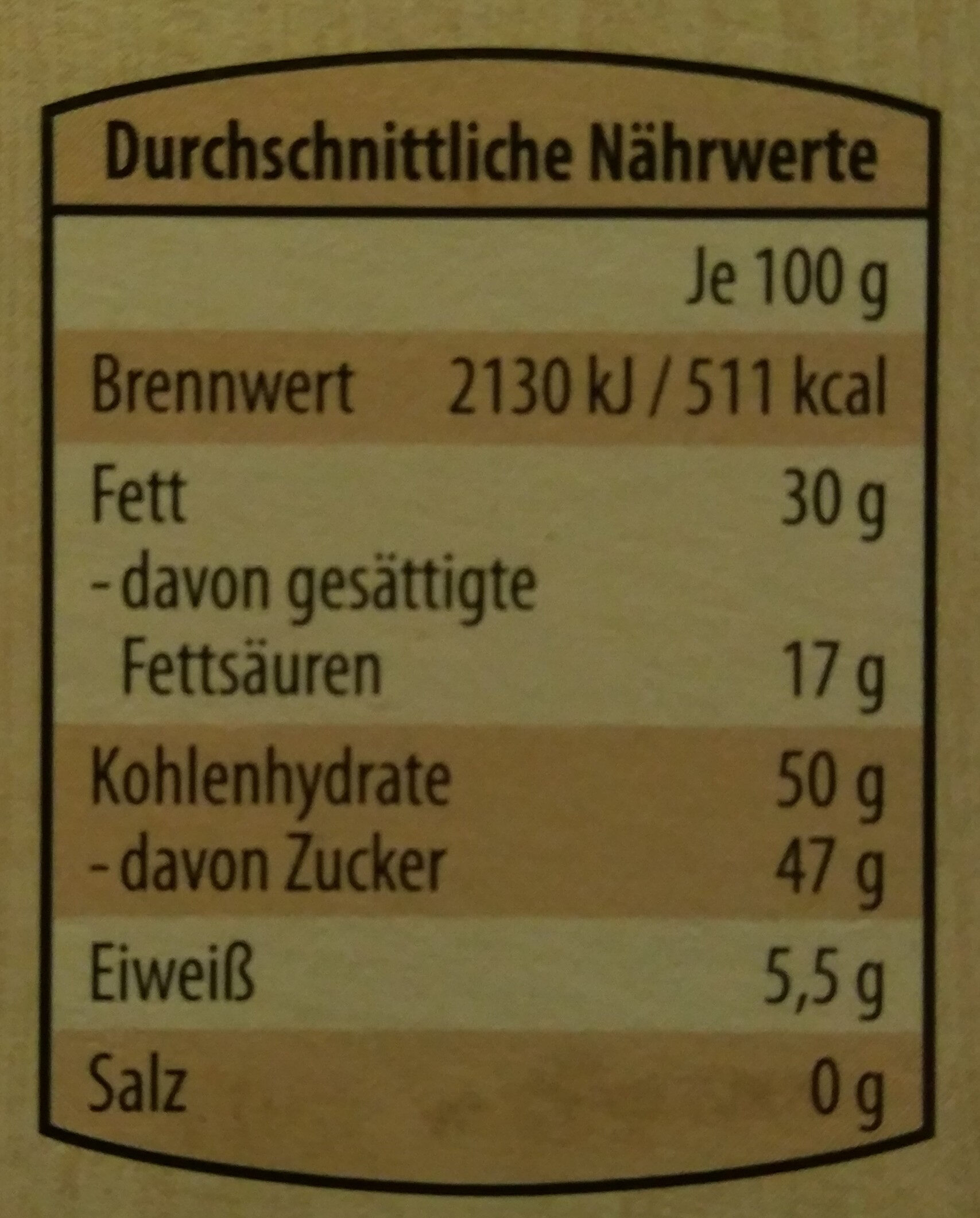Moccabohnen - Back Family - 75g
This product page is not complete. You can help to complete it by editing it and adding more data from the photos we have, or by taking more photos using the app for Android or iPhone/iPad. Thank you!
×
Barcode: 4061458094825 (EAN / EAN-13)
Quantity: 75g
Packaging: Cardboard, Paperboard
Brands: Back Family
Categories: Snacks, Sweet snacks, Cooking helpers, Pastry helpers
Labels, certifications, awards:
Sustainable farming, UTZ Certified, UTZ Certified Cocoa
Matching with your preferences
Environment
Packaging
Transportation
Labels
Report a problem
Data sources
Product added on by 42crmo4
Last edit of product page on by packbot.
Product page also edited by ecoscore-impact-estimator, openfoodfacts-contributors.
If the data is incomplete or incorrect, you can complete or correct it by editing this page.











